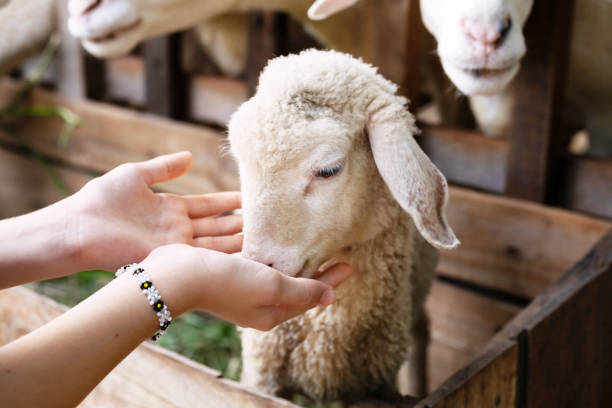Future of Animal Nutrition: Growth and Regulation

Q1. Could you start by giving us a brief overview of your professional background, particularly focusing on your expertise in the industry?
I have around 28 years of leadership experience in procurement, sales, imports, trading, and product management. Currently, I consult on raw material sourcing, including feed additives, amino acids, APIs, and vitamins for feed millers and integrators. I’ve held key procurement leadership roles at Noveltech Feeds Pvt Ltd, where I managed the procurement of over 108 SKUs across 16 manufacturing plants. Previously, I worked at Novus International, where I managed methionine and related products across Asia and Oceania. I also managed national sales of ingredients, including amino acids, vitamins, and premixes, at Cargill Provimi Animal Nutrition. My expertise lies in strategic procurement, vendor management, international sourcing, and process improvement in the animal nutrition sector.
Q2. What are the key factors fueling growth in the animal nutrition market today, and which emerging trends do you believe will sustain this momentum through 2030?
The growth we are seeing in the animal nutrition market is driven by a rising demand for Protein nutrition. Animal protein is the most affordable source in the nutrition industry today. Looking ahead to 2030, I believe that precision nutrition, sustainability-focused feed ingredients, and advances in enzymes and probiotics will continue to drive momentum. Additionally, with global market projections showing persistent strong growth, the sector’s evolution hinges on continued technological innovation, regulatory adaptation, consumer awareness, and the industry’s ability to deliver cost-efficient, sustainable solutions for animal nutrition.
Q3. How do you foresee import dynamics and regulatory changes impacting your procurement and supply chain over the next five years?
I expect import dynamics and regulatory changes to have a significant impact on procurement strategies. There will be increasing pressure on compliance, product quality, and traceability. Changes in trade policies and tariffs will require us to be more flexible in our sourcing approaches. Building supply chain resilience will be crucial in handling disruptions, so I envision strategic bulk buying, expanded sourcing options, and more rigorous vendor evaluation becoming standard practices.
Q4. What key trends in supplier relationship management do you anticipate shaping procurement practices in the animal nutrition industry by 2030?
When it comes to supplier relationships, the focus will continue to shift toward transparency and collaboration. Performance measurement supported by technology-driven audits and evaluations will be vital. Sustainability and ethical sourcing will become central to how we manage suppliers. At the same time, managing risks and pushing continuous improvements will remain priorities.
Q5. What innovations or emerging trends in alternative protein or feed ingredients are reshaping sourcing decisions?
I see sourcing decisions evolving with innovations like alternative proteins—such as insect and algae-based products—and customized enzyme blends. These not only support sustainability but also bring functional benefits by improving feed efficiency and animal health. Alternative growth promoters to antibiotic use is the only future.
Q6. In what ways is technology integrated into your procurement and quality assurance processes to enhance feed consistency and farmer outcomes?
Technology plays a big role in how I approach procurement and quality assurance. We utilize vendor audits, compliance tracking, and process development tools, in conjunction with data analysis, to consistently enhance feed quality. Automation and digital tools aid in demand planning, supplier evaluation, and real-time supply chain monitoring, all of which contribute to improved outcomes for farmers.
Q7. If you were an investor looking at companies within the space, what critical question would you pose to their senior management?
Is the company involved in the entire product chain, from Breeder to market, for the meat? Going forward, how will the technology enhance the quality of the product and ease of doing business? How will the company utilize technology in supply chain management? What are the plans to focus on alternative ingredients to reduce the cost? What would be the source of procurement? How is data management going to support the future pricing of raw material? Is the company ready to accept the changes, and how fast?
Comments
No comments yet. Be the first to comment!
